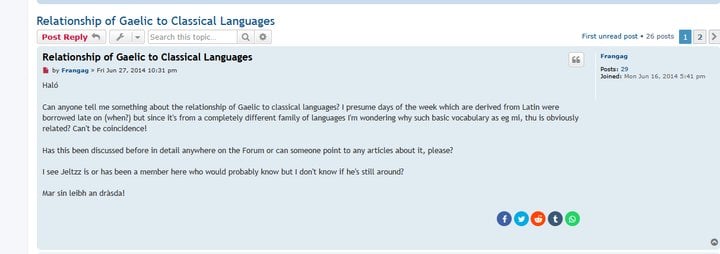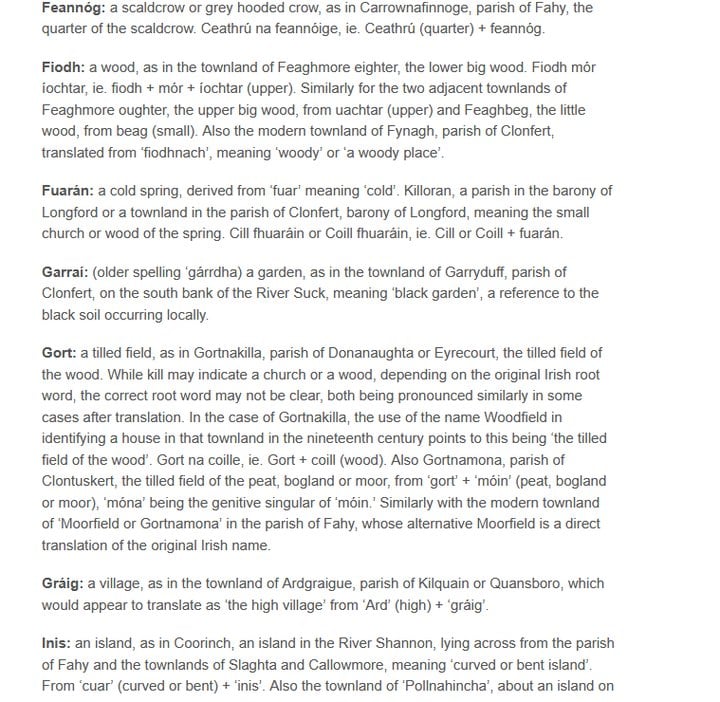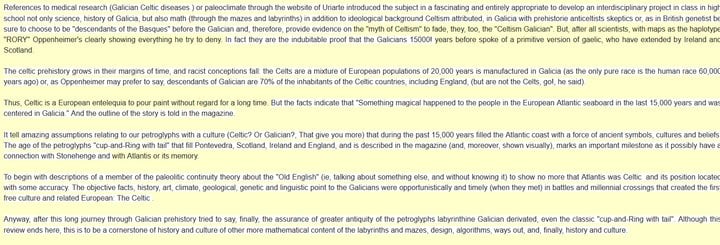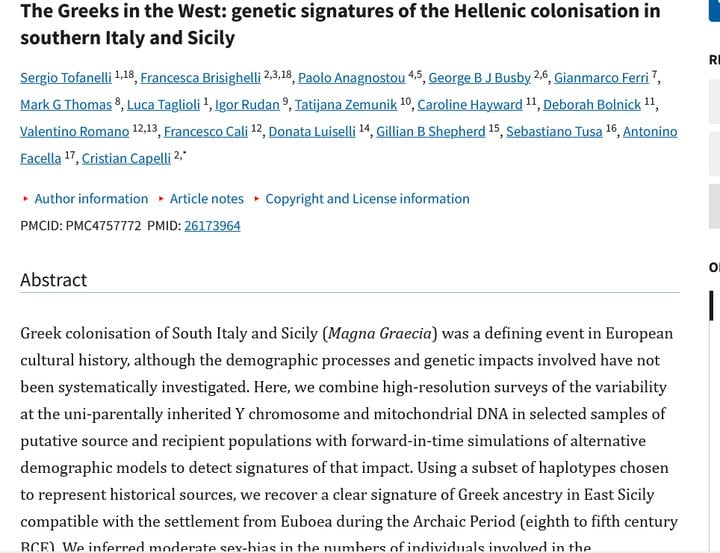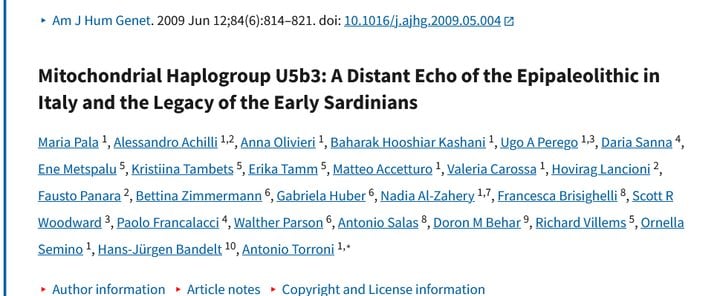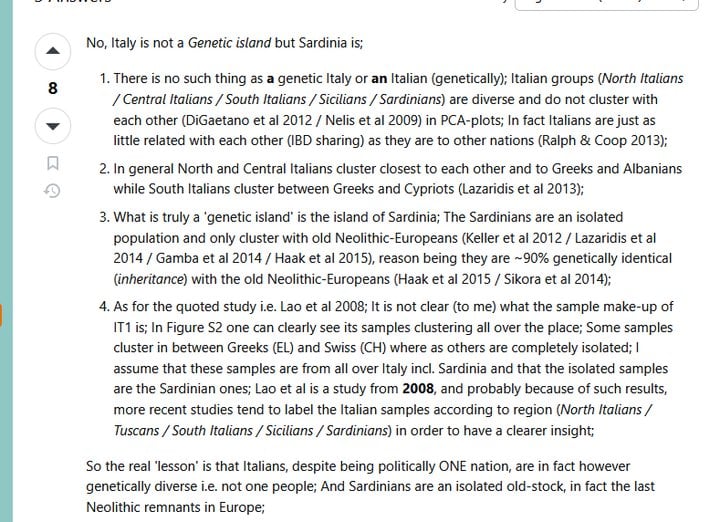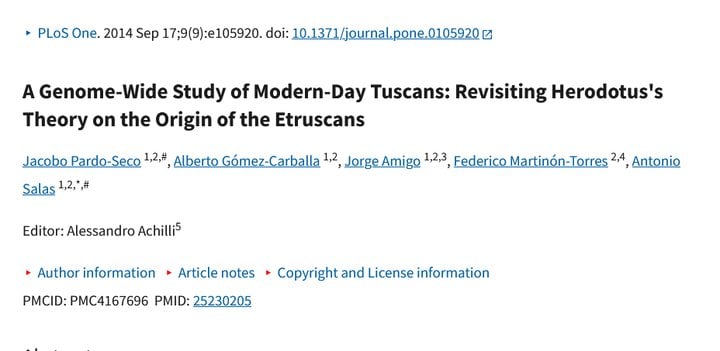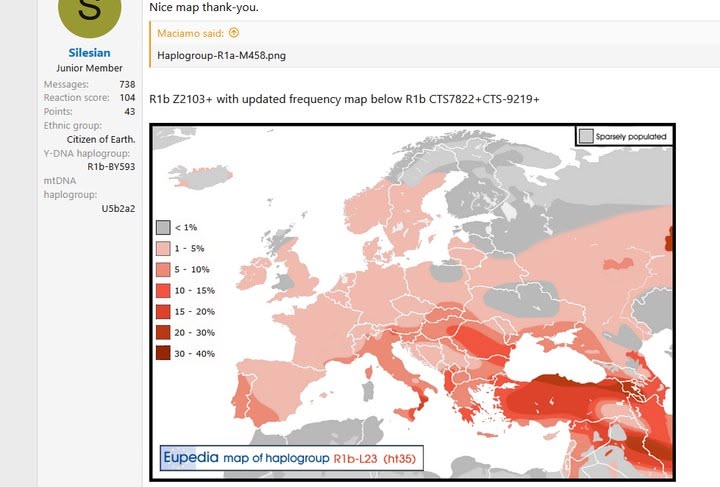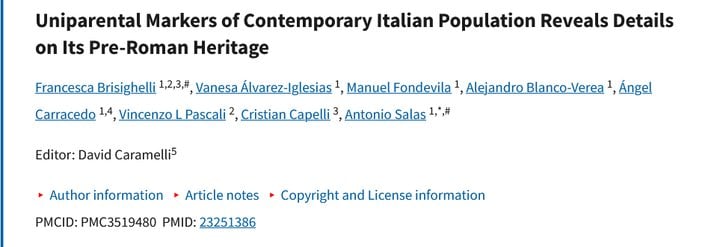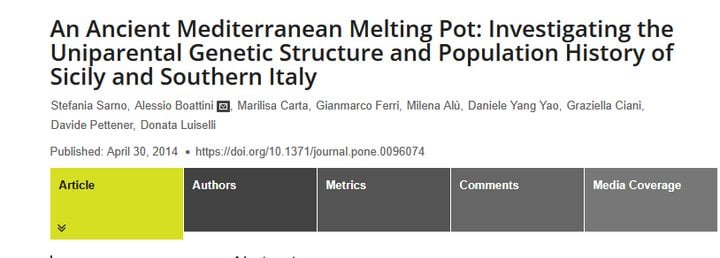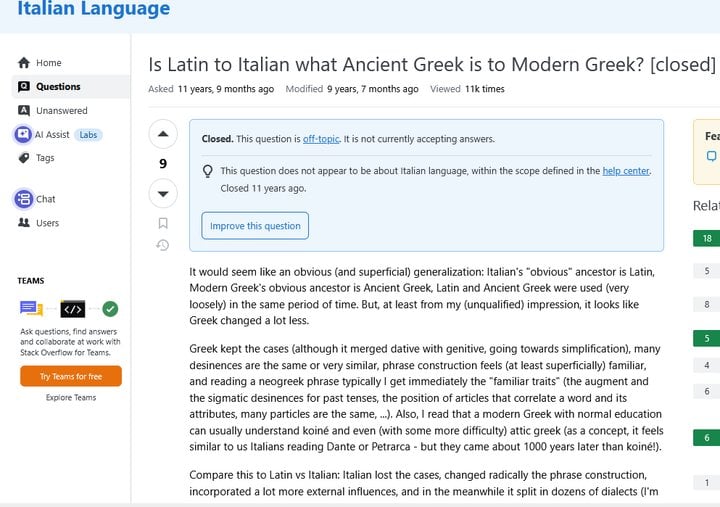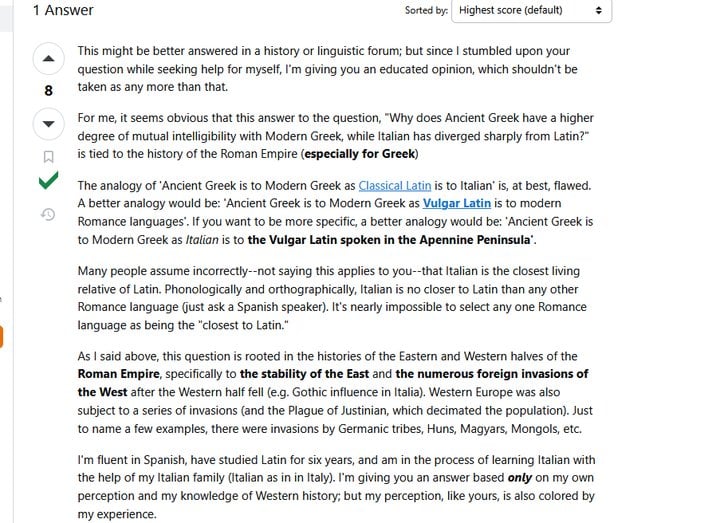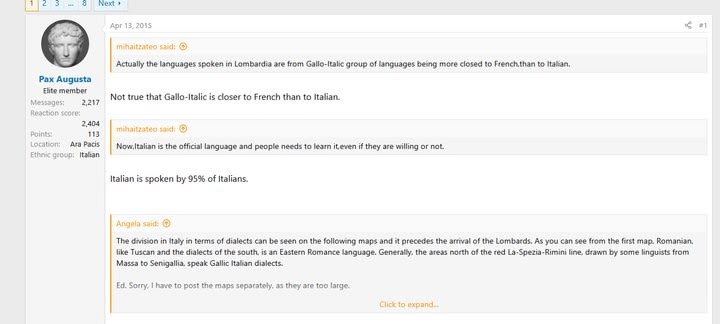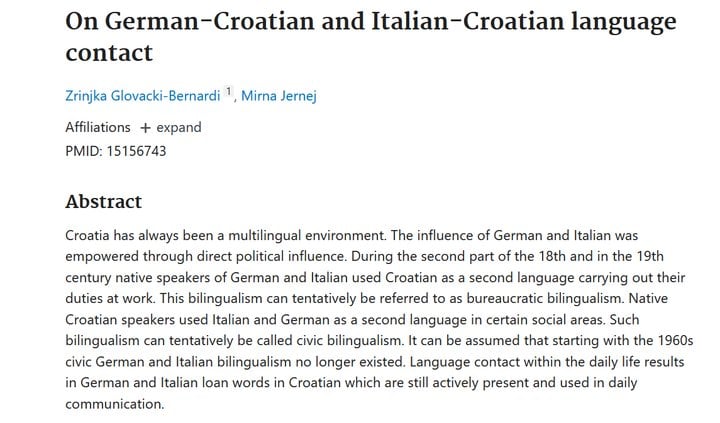The Prequel #0

There are extensive data indicating that some glacial refuge zones of southern Europe (Franco-Cantabria, Balkans, and Ukraine) were major genetic sources for the human recolonization of the continent at the beginning of the Holocene. Intriguingly, there is no genetic evidence that the refuge area located in the Italian Peninsula contributed to this process. Here we show, through phylogeographic analyses of mitochondrial DNA (mtDNA) variation performed at the highest level of molecular resolution (52 entire mitochondrial genomes), that the most likely homeland for U5b3—a haplogroup present at a very low frequency across Europe—was the Italian Peninsula. In contrast to mtDNA haplogroups that expanded from other refugia, the Holocene expansion of haplogroup U5b3 toward the North was restricted by the Alps and occurred only along the Mediterranean coasts, mainly toward nearby Provence (southern France). From there, ∼7,000–9,000 years ago, a subclade of this haplogroup moved to Sardinia, possibly as a result of the obsidian trade that linked the two regions, leaving a distinctive signature in the modern people of the island. This scenario strikingly matches the age, distribution, and postulated geographic source of a Sardinian Y chromosome haplogroup (I2a2-M26), a paradigmatic case in the European context of a founder event marking both female and male lineages.
IBS values were computed for all the genome population datasets ( Table 1 ). Firstly, PCA was carried out on the IBS values computed on Tuscans (TSI) and the main continental regions, including datasets mainly representing Europe (EUR), Sub-Saharan Africa (AFR), East Asia (EAS), and broad Middle East (bMEA); Figure 1 . The PCA ( Figure 1A ) indicates that Tuscans are located in the European pole, perfectly separated from the African (PC1) and the East Asian nodes, a pattern that is particularly prominent in the PC2. PC3 is very informative in allowing a clear differentiation between EUR and ‘broad’ MEA (bMEA), with TSI in between; it also shows substantial scatter in bMEA compared to the other groups, probably reflecting a higher diversity in bMEA than in TSI and EUR. The PCA also shows the Tuscans to be closely related to, but clearly differentiated from, the European reference group (EUR). A second PCA was performed in order to explore the relationships of the Tuscans and the other European population samples used in the present study (Figure S1A); PC1 separates Central Europeans (GBR+CEU) from Tuscans in two well-differentiated clusters and occupying two opposite poles of the plot; in between fall the Iberians (IBS and SPA) and North Italians (NIT). This analysis indicates the distinctive nature of the Tuscans in the context of Europe, even when compared to other neighboring North Italians. Corroborating evidence comes from further exploring patterns of IBS values between European population sets, Figure S1B shows that IBS values are statistically different when comparing TSI against North Italians (Wilcoxon test; P-value=1.31×10−7); while other comparisons such as CEU vs. GBR are not statistically significant (P-value=0.981) (Figure S1C); which is consistent with the PCA analysis (Figure S1A). A third PCA was carried out in order to further explore the genomic affinities of Tuscans with the bMEA and Europe ( Figure 1B ). The PCA shows Tuscans in between Middle Easterners and Europeans; PC1 reveals TSI in close proximity to the populations in the Caucasus, CAU, including Armenians (ARM) and Georgians (GRG), and Lezgins (LZG), followed by a mix of several other groups in the MEA, including Turks (TRK), Sephardi Jews (SPH; sampled in Turkey), and West Asia (Uzbeks; UZB), although the PC2 clearly differentiates LZG and UZB from TSI and the other groups. The relationship between TSI and other populations in the bMEA is unclear given the limited structure of these populations along the PC1. The PC2 of Figure 1B shows SPH, Samaritans (SAM) and other groups as more closely related to TSI than TRK. The PCA displayed in Figure S2 helps to understand these population relationships by highlighting the gravity center of the IBS values (average IBS values) for each population set.
In the Italian territory, the Alpine arc represents one of the main areas of presence of alloglot populations, some of them biologically isolated for historical and geographic reasons [27]. At the end of the medieval period (∼1200 AD) and especially in the valley zone, a first colonization of native peasants began, starting with the use of lands previously exploited only for pasture and the lumber. Successively, with different modalities and under the control of laic and ecclesiastical owners, the colonization process involved migrant nuclei from the Tyrol, Carinthian area and other zones [28]. Currently, the Alpine arc populations are differentiated with a remarkable cultural diversity that is well represented by linguistic elements. Thus, besides the official main languages, numerous minority languages or dialects are also the cultural patrimony of linguistic minorities [27], [29]. Ladin is often attributed to be a relic of vulgar Latin dialects associated with Rhaeto-Romance languages. In the vast multi-ethnic Holy Roman Empire, and then after 1804 the Austrian empire, the Ladins were left in relative peace and were allowed to continue the use of their language and culture.
Grecani Salentini is a Hellenic-speaking linguistic island of Salento, situated in southern Puglia, and consisting of nine municipalities in which a neo-Greek dialect, also known as Grecanic or Griko, is spoken. The origins of this linguistic island in Salentine Greece are uncertain. The German linguist G. Rohlfs proposed its origin in the Magna Graecia region; while O. Parlangeli suggests a Byzantine derivation of the Griki of Salento. Greek researchers (e.g. A. Karanastasis) claim the input of Byzantine elements in the pre-existing Magna Graecia matrix. The Greek arrival in the Salentine Peninsula occurred both in the Magna Graecia, and posterior Byzantine dominations. The numerous villages of Grecani Salentini had a Greek culture and language and practiced the Greek-orthodox religion. In the beginning of the Norman conquest (eleventh century), and more intensively with the arrival of different casati (clans) (Svevian, Angioin, Aragones, etc), the catholic clergy supplanted those of the orthodox faith [30].
Grecani Salentini is a Hellenic-speaking linguistic island of Salento, situated in southern Puglia, and consisting of nine municipalities in which a neo-Greek dialect, also known as Grecanic or Griko, is spoken. The origins of this linguistic island in Salentine Greece are uncertain. The German linguist G. Rohlfs proposed its origin in the Magna Graecia region; while O. Parlangeli suggests a Byzantine derivation of the Griki of Salento. Greek researchers (e.g. A. Karanastasis) claim the input of Byzantine elements in the pre-existing Magna Graecia matrix. The Greek arrival in the Salentine Peninsula occurred both in the Magna Graecia, and posterior Byzantine dominations. The numerous villages of Grecani Salentini had a Greek culture and language and practiced the Greek-orthodox religion. In the beginning of the Norman conquest (eleventh century), and more intensively with the arrival of different casati (clans) (Svevian, Angioin, Aragones, etc), the catholic clergy supplanted those of the orthodox faith [30].
Due to their strategic geographic location between three different continents, Sicily and Southern Italy have long represented a major Mediterranean crossroad where different peoples and cultures came together over time. However, its multi-layered history of migration pathways and cultural exchanges, has made the reconstruction of its genetic history and population structure extremely controversial and widely debated. To address this debate, we surveyed the genetic variability of 326 accurately selected individuals from 8 different provinces of Sicily and Southern Italy, through a comprehensive evaluation of both Y-chromosome and mtDNA genomes. The main goal was to investigate the structuring of maternal and paternal genetic pools within Sicily and Southern Italy, and to examine their degrees of interaction with other Mediterranean populations. Our findings show high levels of within-population variability, coupled with the lack of significant genetic sub-structures both within Sicily, as well as between Sicily and Southern Italy. When Sicilian and Southern Italian populations were contextualized within the Euro-Mediterranean genetic space, we observed different historical dynamics for maternal and paternal inheritances. Y-chromosome results highlight a significant genetic differentiation between the North-Western and South-Eastern part of the Mediterranean, the Italian Peninsula occupying an intermediate position therein. In particular, Sicily and Southern Italy reveal a shared paternal genetic background with the Balkan Peninsula and the time estimates of main Y-chromosome lineages signal paternal genetic traces of Neolithic and post-Neolithic migration events. On the contrary, despite showing some correspondence with its paternal counterpart, mtDNA reveals a substantially homogeneous genetic landscape, which may reflect older population events or different demographic dynamics between males and females. Overall, both uniparental genetic structures and TMRCA estimates confirm the role of Sicily and Southern Italy as an ancient Mediterranean melting pot for genes and cultures.
...






